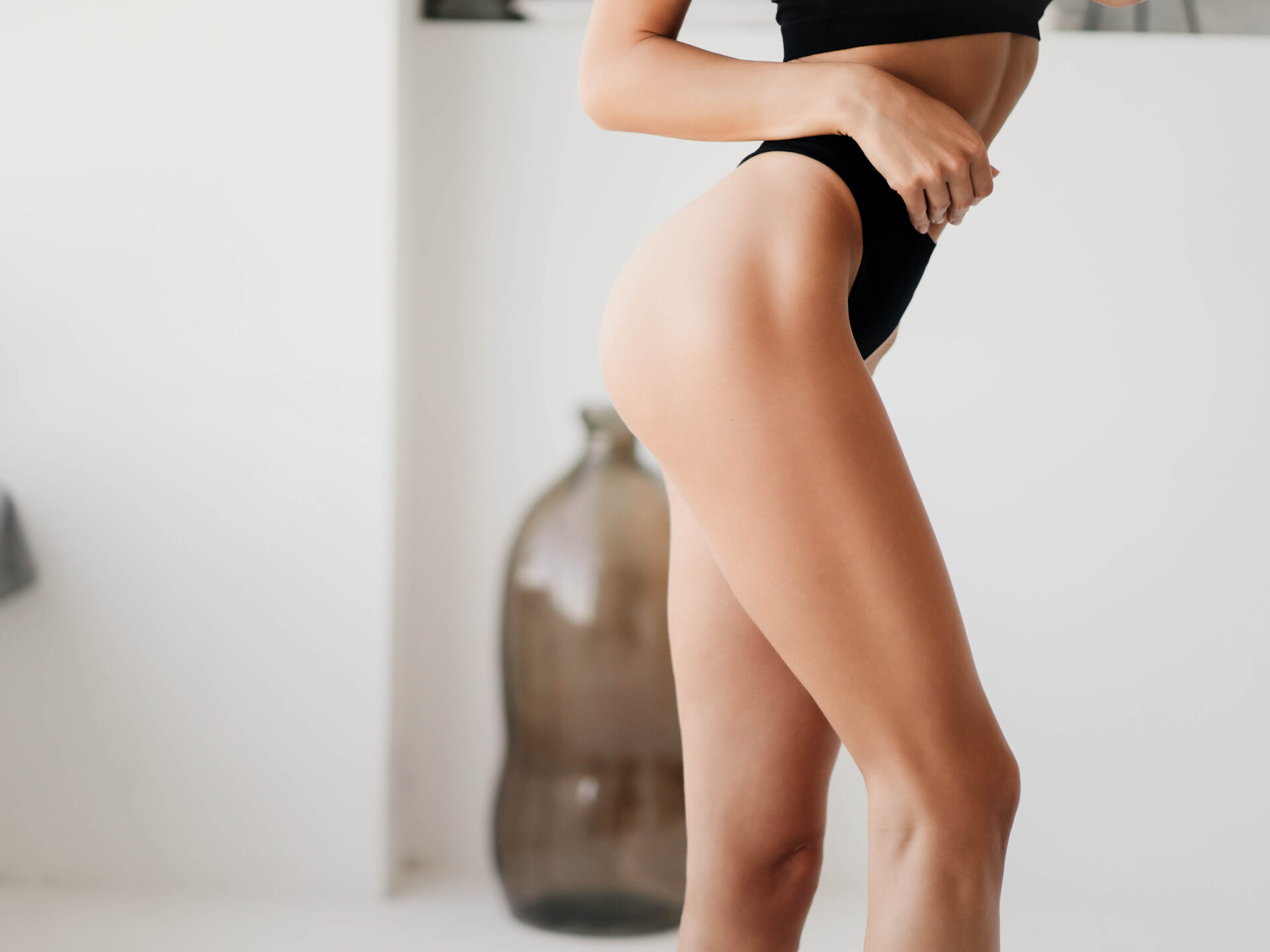Stripping operation for varicose veins
Stripping surgery is a proven procedure for treating internal varicose veins (the so-called Rosen veins) in which the vein is pulled out downwards through small incisions starting from the groin or popliteal fossa. The procedure is suitable for many patients with diseased venous valves in the large or small Rosen vein. In most cases, the procedure can be performed on an outpatient basis. It is possible to return to everyday life a few days or a few weeks after the treatment.
Quick Facts
- Duration of intervention
- approx. 60 min
- Anesthesia
- General anesthesia
- Type of operation
- outpatient
- Clinic
- Preliminary examination at all locations Operation in Wiesbaden, Mainz
- Aftercare
- Compression stocking 3 weeks
- Sport
- at least 3 weeks
- Socially acceptable
- directly after surgery
- Workable
- 7-14 days
How does the stripping treatment for varicose veins work?
Depending on whether the small or large rose vein is diseased, a small incision is made in the groin or back of the knee under general anesthesia. The diseased vein is removed at its junction and a probe is pushed to the lower end of the diseased vein, where the vein is pulled out through another small incision using the probe. The incisions are then closed with a small suture. Finally, a plaster bandage is applied and a compression bandage is applied.
How proven is the stripping procedure?
The stripping operation is one of the oldest and most tried and tested procedures. It was described back in 1907 by the American William Wayne Babcock and has become the standard in the following decades. In the last twenty years, minimally invasive procedures such as laser and radio wave or vein glue have been added as alternatives.
Advantages of the stripping method for varicose vein treatment
Compared to minimally invasive thermal procedures, stripping surgery is the longest tried and tested procedure. The diseased vein is no longer present after the treatment and can therefore no longer become diseased. However, new, different varicose veins can also form with this procedure.
What are the disadvantages of vein stripping?
Side effects are mostly minor. Compared to minimally invasive procedures such as laser or radio wave, the recovery time after the procedure is slightly longer and temporary bruising is more common. Rarely, there is a loss of sensation in the skin, which usually disappears after a while. You will be informed in detail about the benefits and risks of the procedure in a personal consultation.
Will my insurance cover the costs?
The procedure is covered by all statutory health insurance companies as part of the benefits catalog for adequate medical care. Private health insurers also generally cover the costs without any problems.
Frequently asked questions about the stripping method
We recommend wearing a compression stocking for three weeks after the stripping operation. A compression bandage is usually applied during the procedure and remains on the leg until the follow-up check on the first day. After that, the patient switches to stockings.
Moderate exercise such as short walks are possible and beneficial the day after the procedure as long as the compression stocking is worn. We generally recommend taking a break from sport for at least three weeks. In general, it is important to listen to your own body and avoid overloading yourself when resuming sporting activities.
You may and should walk again after the procedure. You can move around at home as usual. Walks that are not too long are also recommended as long as the compression stocking is worn. Avoid anything that is strenuous or painful. It is advisable to elevate the treated leg during the first week. Avoid sitting or standing for long periods; walking and lying down are better. You should start walking or jogging again after three weeks at the earliest, but always discuss this with your doctor.
Severe heat is unfavorable after a stripping operation because veins dilate and a lot of fluid is removed from the body through sweating. A lack of fluids and slow blood flow increase the risk of thrombosis. You should therefore wait at least four weeks before going to the sauna.



